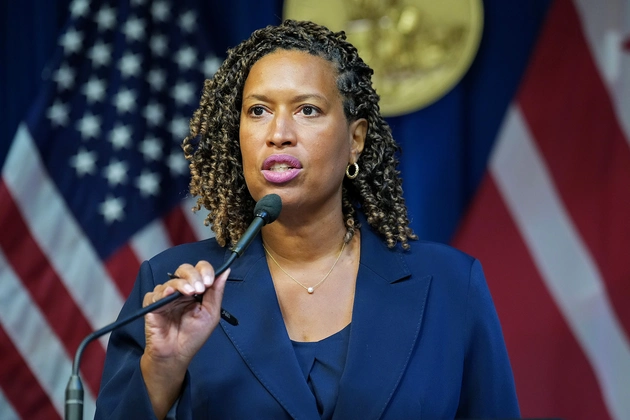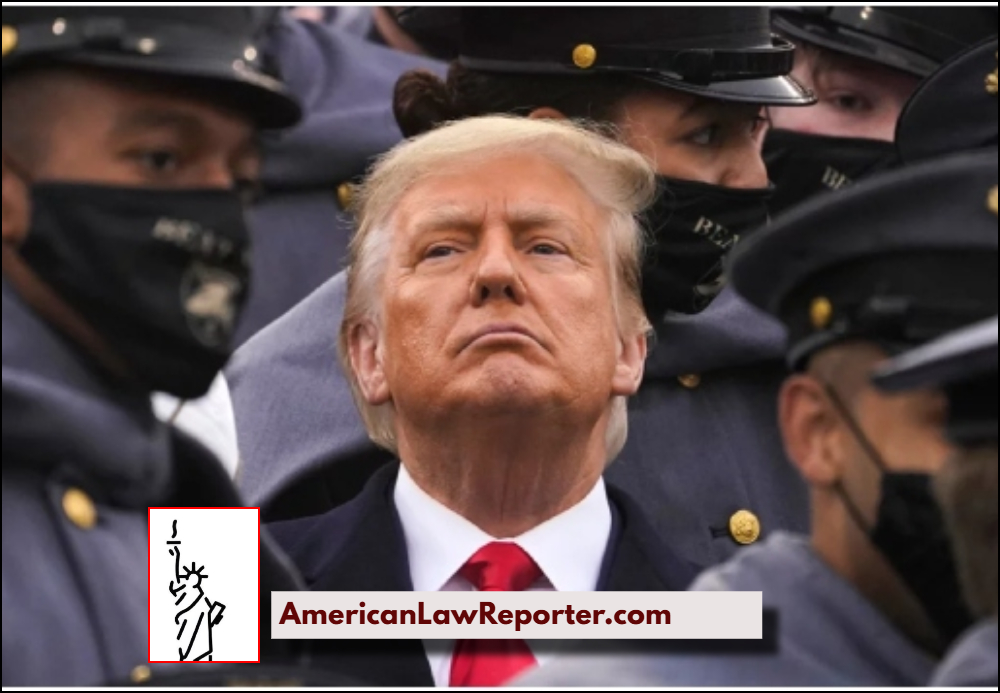President Donald Trump’s decision to invoke emergency powers to assume temporary control of the Metropolitan Police Department (MPD) has drawn strong objections from Washington, D.C., Mayor Muriel Bowser, who argues the move is both legally questionable and a blow to the city’s limited home-rule autonomy.
The order, issued under Section 740 of the District of Columbia Home Rule Act, transfers operational authority of MPD to the U.S. Attorney General for a 30-day period. Trump cited “dangerous levels of violent crime” as justification, naming former Florida Attorney General Pam Bondi to oversee the department during the emergency.

Bowser disputes both the factual and legal premises for the takeover. At a press briefing, she noted that violent crime in the District is at a 30-year low, with homicides and shootings sharply reduced compared to pre-pandemic rates.
“We will follow the law,” Bowser said, “but Chief Pamela Smith remains the head of MPD and will direct its officers in accordance with the law.”
The mayor also addressed Trump’s suggestion that active-duty military personnel could be deployed to D.C. streets — a prospect she criticized as incompatible with constitutional protections. “We don’t believe it is legal to use the American military against American citizens on American soil,” Bowser stated, framing it as a constitutional question likely to face judicial scrutiny if pursued.
Under the Home Rule Act, Congress and the president retain broad authority over the District, a legal structure that makes D.C. uniquely vulnerable to direct federal intervention in local governance — powers that are not mirrored in U.S. states. Legal scholars note that Section 740’s language gives the president wide discretion in defining an “emergency” but provides little procedural recourse for local officials to challenge such a determination.
Chief Smith has indicated that while the order expands the federal role in policing, MPD will continue its planned initiatives, including targeted warrant operations, nightlife patrols, and enforcement in juvenile curfew zones.
The emergency order is set to expire in 30 days unless renewed. Bowser has pledged to “work every day” to bring it to an end and has renewed calls for full D.C. statehood to limit federal authority over the city’s police and other local matters.
Here’s the sidebar legal analysis you can run alongside the main legal news story. It’s written for a legal news readership and compares Section 740 of the D.C. Home Rule Act to the Insurrection Act, with statutory citations and implications.
Legal Sidebar: Understanding Section 740 of the D.C. Home Rule Act vs. the Insurrection Act
Section 740 of the District of Columbia Home Rule Act (Pub. L. 93-198, 87 Stat. 774, codified at D.C. Code § 1-207.40) grants the president extraordinary authority to “direct the appropriate federal official to take immediate possession of and operate the Metropolitan Police Department” when he determines that “special conditions of an emergency nature exist.”
Scope of Authority
- Operational Control: The statute allows the president to bypass local governance entirely, transferring direct operational control of MPD to the U.S. Attorney General or another federal designee.
- Duration: Limited to 30 days, but renewable.
- Trigger Standard: The law uses broad, subjective language — “special conditions of an emergency nature” — without requiring specific evidence or congressional pre-approval.
- Judicial Review: No explicit judicial review mechanism exists in the statute, meaning challenges would have to be based on constitutional or administrative law arguments, such as abuse of discretion or ultra vires action.
Comparison to the Insurrection Act
The Insurrection Act (10 U.S.C. §§ 251–255) is a separate legal tool that allows the president to deploy active-duty military or federalize the National Guard in cases of insurrection, rebellion, or obstruction of federal law.
Key distinctions:
- Geographic Reach: The Insurrection Act applies nationwide; Section 740 applies only to Washington, D.C.
- Subject Matter: The Insurrection Act is designed to counter violent uprisings or enforce federal law; Section 740 can be triggered by much broader “emergency” conditions, even without insurrection or rebellion.
- Forces Involved: The Insurrection Act authorizes military deployment; Section 740 concerns police governance and does not, on its face, permit the use of active-duty armed forces for law enforcement.
- Checks and Balances: The Insurrection Act contains statutory language that may invite judicial review; Section 740’s discretion standard is looser and less tested in court.
Constitutional Considerations
Because D.C. is not a state, it lacks the Tenth Amendment protections reserved to states. Congress — and by extension the president — retains plenary authority under Article I, Section 8, Clause 17 of the Constitution (“District Clause”). This legal reality significantly limits D.C.’s ability to challenge such takeovers.
Potential Legal Challenges
- Due Process and Administrative Procedure: Plaintiffs might argue that an “emergency” declaration under Section 740 is arbitrary and capricious.
- Civil Liberties: If the federal action leads to expanded surveillance, mass detentions, or military involvement, constitutional challenges under the First, Fourth, and Fifth Amendments could arise.
- Separation of Powers: An extended takeover without congressional oversight could prompt a legislative push to amend or repeal Section 740.

